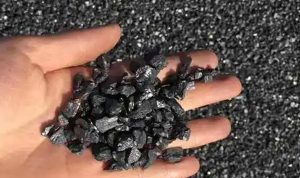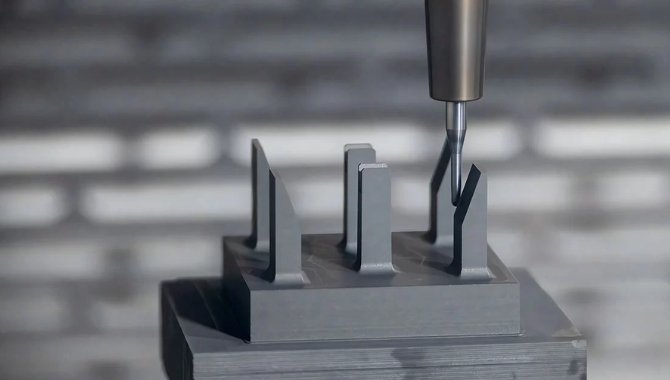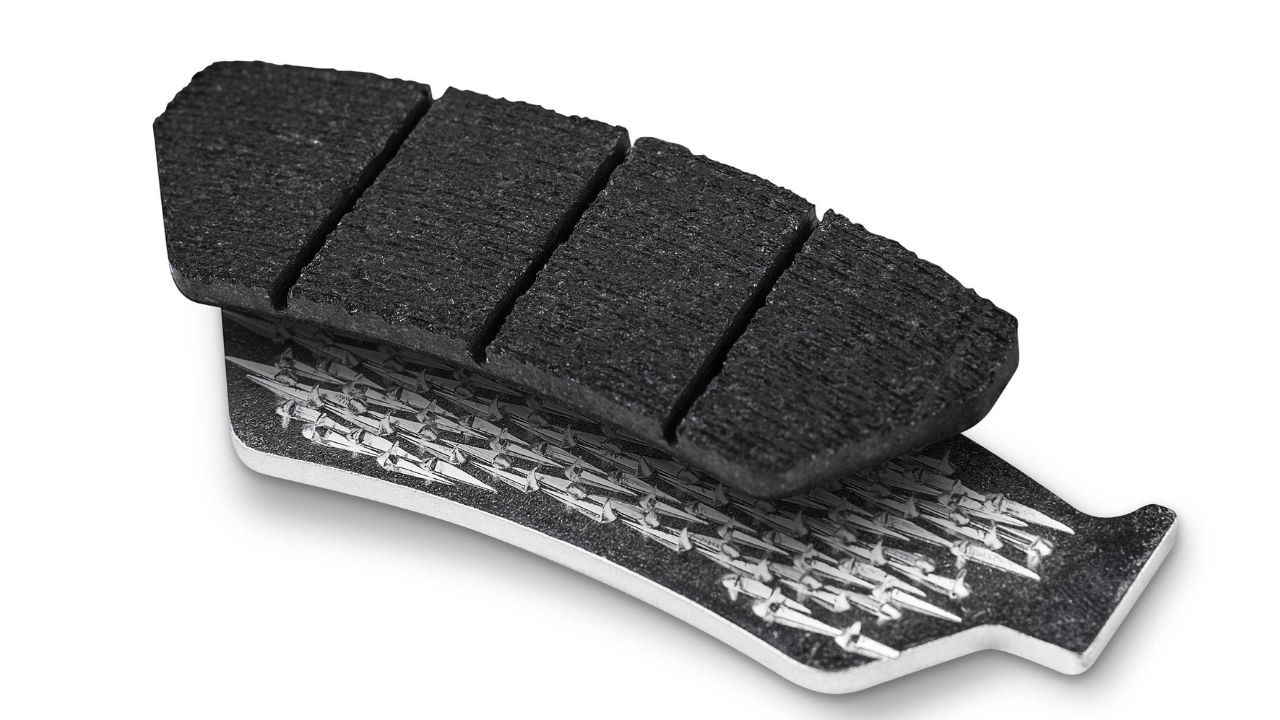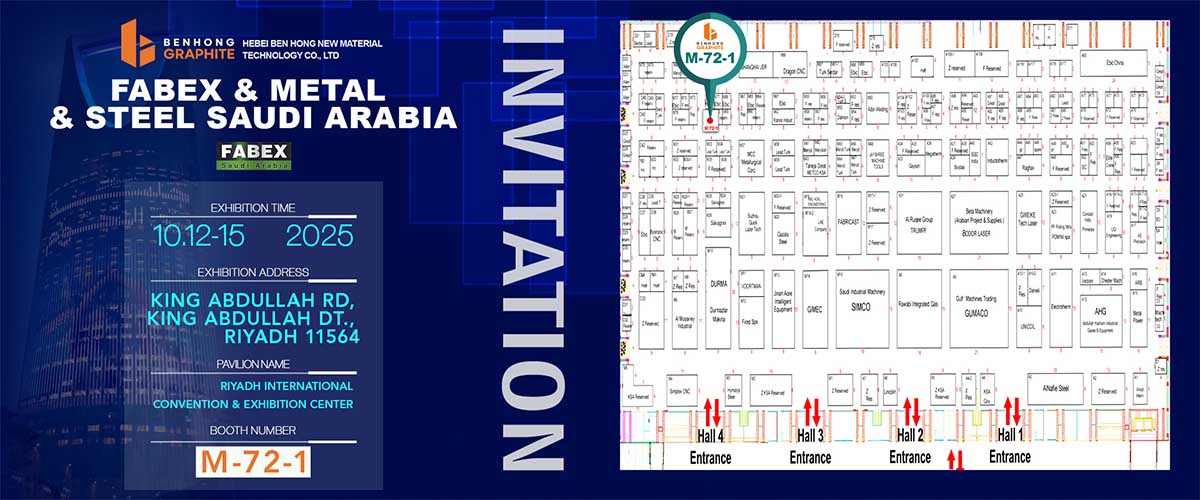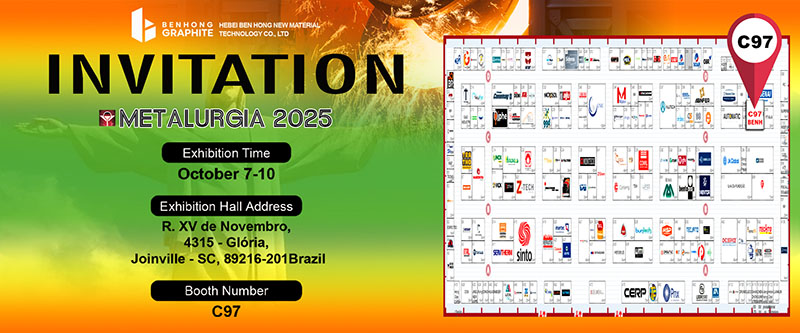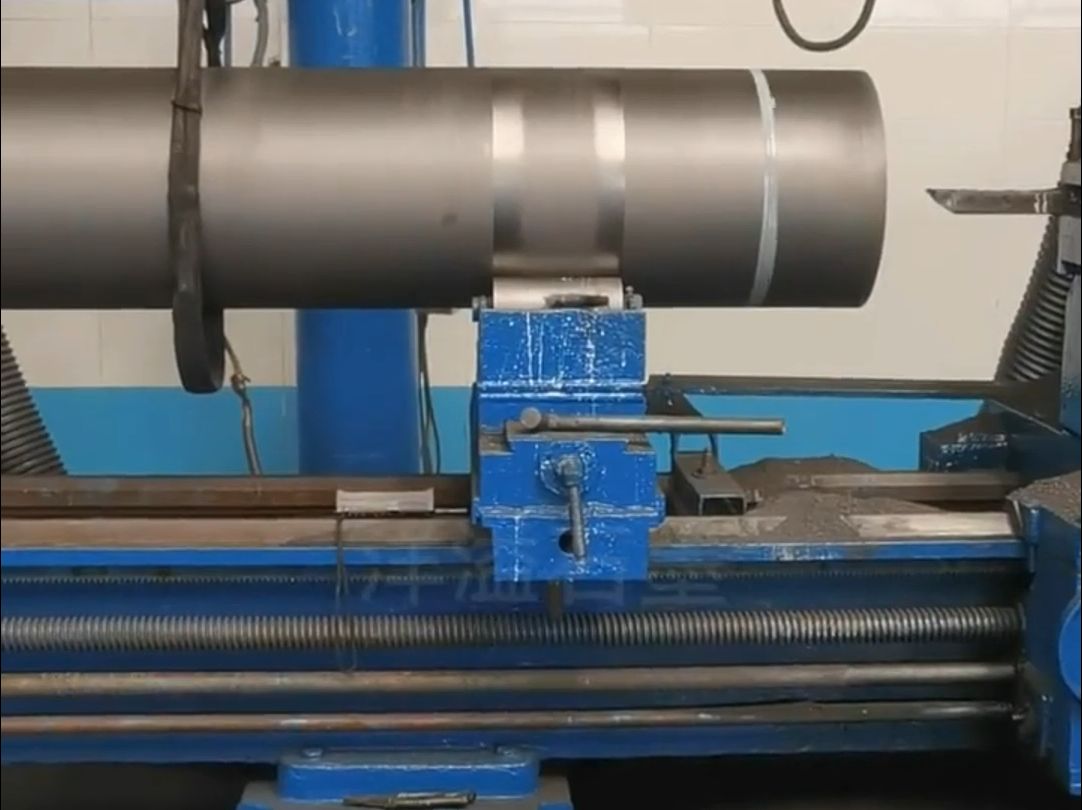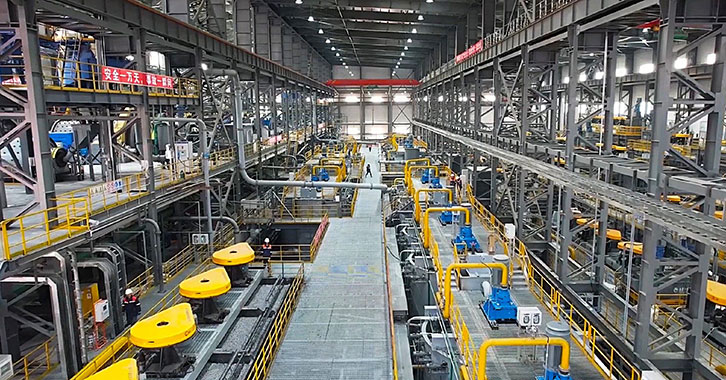Calcined coal carburizer refers to coal that has undergone a certain heat treatment process and is graphitized at high temperatures to increase its carbon content, thereby being used as a carbon source in metal smelting, chemical industry and other industries. Research on the heat treatment process and effect of calcined coal carburizer is very important, related to product quality and market competitiveness. The following will give a detailed introduction to the current research status of the heat treatment process and effects of calcined coal carburizers.
At present, the heat treatment process of calcined coal carburizer mainly includes drying, preheating, calcination, cooling and other links. Among them, calcination is the core link of the entire process, which directly affects the quality and performance of the product. The calcination process mainly includes three stages: volatile release, coking and graphitization. In the volatile matter release stage, the volatile matter in the calcined coal carburizer is first released by heating. During the coking stage, amorphous carbon is converted into crystalline carbon, and graphitization begins. During the graphitization stage, amorphous carbon is gradually converted into crystalline carbon, and the crystallinity and graphitization degree gradually increase. According to different heat treatment process parameters, such as heating rate, maximum temperature, holding time, etc., various stages of the calcination process can be controlled, thereby affecting the graphitization degree and carbon content of the product.
The heat treatment effect of calcined coal carburizer is closely related to product quality. Research shows that the heat treatment of calcined coal carburizer can significantly increase its carbon content and degree of graphitization, thereby improving the carbon carrier performance of the product. By optimizing the heat treatment process parameters, the carbonization rate and graphitization degree can be increased, while the impurity content and slag formation can be reduced. In addition, the study also found that the appropriate addition of additives, such as slag, rice distiller’s grains, etc., can further improve the graphitization degree and product quality of the calcined coal carburizer. Therefore, the study of heat treatment technology is of great significance for improving the performance and use value of calcined coal carburizing agents.
Some progress has been made in the research on the heat treatment process and effects of calcined coal carburizers. On the one hand, researchers conducted detailed studies on the heat treatment of calcined coal carburizing agents through experiments, simulations and theoretical analysis, and obtained some practical heat treatment process parameters. For example, by adjusting the heating rate and holding time, the graphitization degree and carbon content of the calcined coal carburizer can be controlled. On the other hand, some enterprises and scientific research institutions are also constantly improving and optimizing the heat treatment process of calcined coal carburizer to meet market demand. For example, the use of reverse flow drying and hot air circulation technology can improve the drying effect and heat utilization rate of calcined coal carburizer.
However, there are still some problems and challenges in the research on the heat treatment process and effect of calcined coal carburizer. First of all, the heat treatment of calcined coal carburizer is a complex nonlinear process, involving multiple physical and chemical reactions and heat and mass transfer processes, making it difficult to study. Secondly, the heat treatment process of calcined coal carburizer will generate a large amount of heat and smoke, which will have an adverse impact on the environment. How to reduce energy consumption and pollutant emissions is an issue that needs to be solved urgently. In addition, the heat treatment process and equipment of calcined coal carburizer need further improvement and innovation to improve production efficiency and reduce costs.
In summary, the research on the heat treatment process and effect of calcined coal carburizer is of great significance in theory and practice. Some progress has been made, but some problems and challenges are still faced. Future research should further optimize the heat treatment process parameters, develop efficient and environmentally friendly heat treatment technology, and improve product quality and competitiveness.

